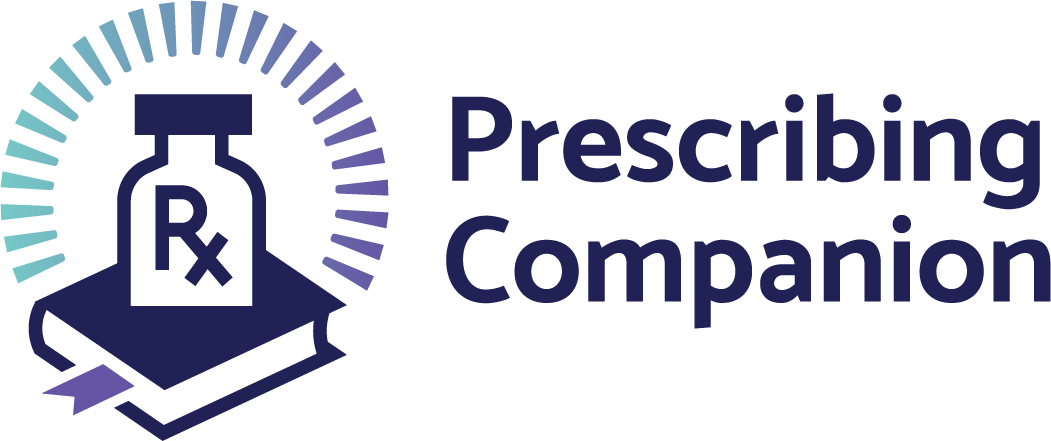Description
At least 3.5g proteinuria in 24hrs , generalized oedema, low serum albumin, hypercholesterinemia and presence of urine oval fat bodies. Causes include:
• Classified as Primary or secondary or based on histology findings
• Minimal change disease
• Membranous nephropathy
• Focal segmental glomerulosclerosis (FSGS)
• Membranoproliferative glomerulonephritis (MPGN)
• Lupus Nephritis
• Diabetic nephropathy
• Amyloidosis
Signs and Symptoms
• Facial swelling worse in the morning
• Frothy urine
• Oedema
• Usually normal BP
• Urine dipstick >2 + proteinuria, hematuria rare except in FSGS
Investigations
• Kidney biopsy is needed for light microscopy, immunofluorescence (IF) and electron microscopy (EM)
• Early referral to Nephrologist important
Treatment
• Usually normal BP
• Urine dipstick >2 + proteinuria, hematuria rare except in FSGS investigations
• Kidney biopsy is needed for light microscopy, immunofluorescence (IF) and electron microscopy (EM)
• Early referral to Nephrologist important
Treatment
• Treatment should be in line with the KDIGO guidelines for glomerular diseases
• The principal for glomerular disease is to determine if the etiology is primary or secondary in nature.
• Salt restriction
• No need for protein restriction in our setting
• Furosemide 80-120mg/day (aim 0.5-1L/day)
• Proteinuria lowering drugs
• Titrate dose depending on proteinuria
• ACEI/ARBs: -e.g Enalapril/Losartan (refer to hypertension for dosages)
• Lipid-lowering /Anti-cholesterol drugs: A statin or statin/ezetimibe for example Simvastatin 10-40mg daily or atorvastatin 10-20mg daily
• Anti-coagulation (INR 2-3)
• Only if albumin < 20g/l, bedridden, very rapid diuresis, otherwise do not use routinely –Warfarin daily
